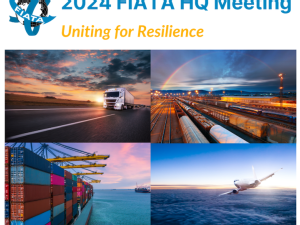'The move is completely hands-free for our Ocean AMS customers and is in line with our mission to equip our clients with comprehensive tools for trade management,' says the company in a statement, 'Our goal is to provide the IT expertise to manage the technical burden of ACE' freeing our customers to operate their businesses efficiently and competitively. With IES software in place, our customers do not have to worry about every regulatory nuance. They simply roll into compliance.'
IES was the logistics software provider was the first to process US ISF transactions as a service bureau and the first to support NVOCC Ocean AMS.
CBP recently published a Federal Register Notice (77 FR 19030), announcing 'that after a six month transition period, effective September 29, 2012, ACE will be the only CBP-approved EDI for transmitting required advance information for ocean and rail cargo to CBP.' When this transition takes place, AMS information will no longer be transmitted or received via ACS.
The Automated Commercial Environment is the United States' commercial trade processing system designed to automate border processing. ACE will eventually replace the current import processing system currently in place at US Customs. Both systems are running concurrently until full ACE deployment.
ACE is part of a multi-year rollout that is being deployed in phases. The modernization effort will help connect dozens of government agencies such as CBP, the Food and Drug Administration and the Census Bureau. The approach is in-line other supply-chain security initiatives, such as the Customs-Trade Partnership Against Terrorism, the Lacey Act and the Importer Security Filing.








